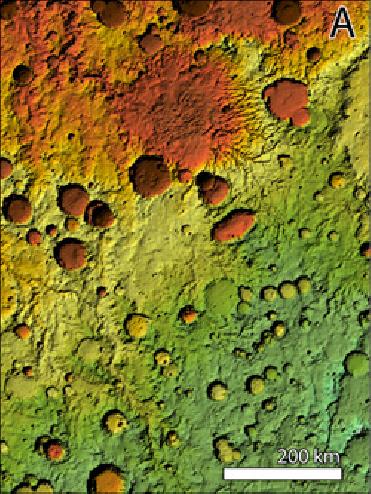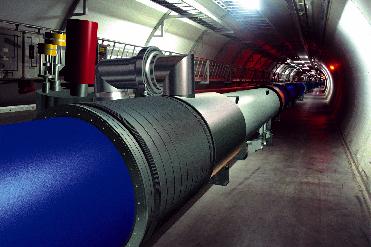
CALIFORNIA (BNS): Scientists conducting research on the soil of Mars, in a new study, reveal that precipitation existed on the Martian soil. The study finds that ancient features found on the surface of Mars, called valley networks, were carved by recurrent floods spread over a long period, when the Martian climate may have been similar to the arid or semi-arid regions of Earth.
Talking about the new study, Charles Barnhart, graduate student in Earth and planetary sciences at University of California, Santa Cruz, said: “Our results argue for liquid water being stable at the surface of Mars for prolonged periods in the past.”
NASA planetary scientist Jeffrey Moore of University of Virginia who is also part of the research, said that for several decades, scientists worked to determine whether or not there had ever been precipitation on Mars. “Only in the last 10 years has NASA acquired high-resolution topographic data that clinched the case for massive ancient erosion from precipitation and runoff,” Moore said.
To conduct the new study, scientists used sophisticated computer models to simulate the processes that formed the Martian features. Studies based on climate models indicate that collision of asteroid impacts could have created warm, wet conditions on Mars, causing massive deluges and flooding for periods of hundreds to thousands of years.
However, University of California scientist Barnhart said that the new study shows that those conditions would result in features not seen in the Martian landscape, because water would accumulate inside craters and overflow, carving exit breaches that cut through the crater walls.
“Our research finds that these catastrophic anomalies would be so humid and wet there would be breaching of the craters, which we don't see on Mars. The precipitation needs to be seasonal or periodic, so that there are periods of evaporation and infiltration. Otherwise the craters overflow,” Barnhart said.
Elaborating further on the study, Barnhart said that rainfall may have been seasonal, or wet intervals may have occurred over longer cycles. “But conditions that allowed for the presence of liquid water on the surface of Mars must have lasted for at least 10,000 years,” Barnhart said, quickly adding: “Precipitation on Mars lasted a long time, it wasn't a brief interval of massive deluges.”
Alan Howard of University of Virginia too was a member of the team that conducted the Martian soil research. A paper describing their findings will be published in the Journal of Geophysical Research Planets.
 Next Article
Next Article













The Indian Air Force, in its flight trials evaluation report submitted before the Defence Ministry l..
view articleAn insight into the Medium Multi-Role Combat Aircraft competition...
view articleSky enthusiasts can now spot the International Space Station (ISS) commanded by Indian-American astr..
view article